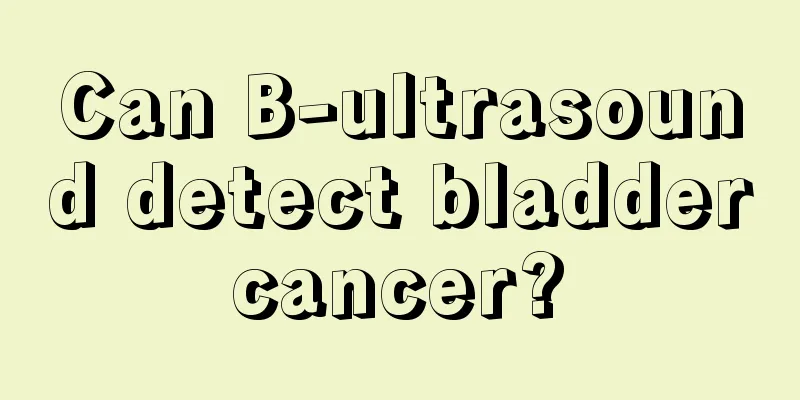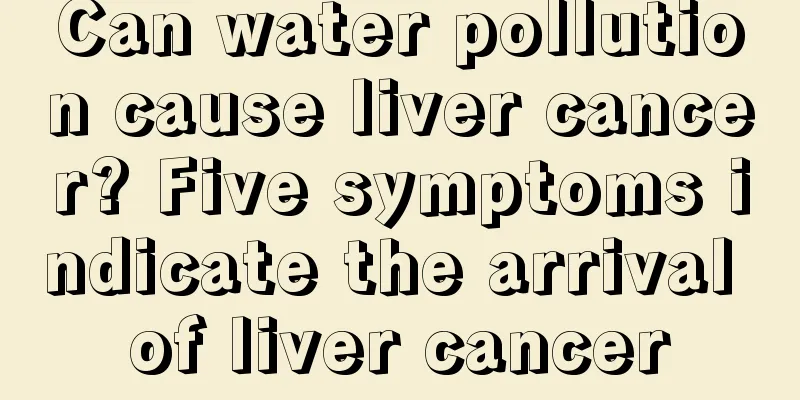What's the matter with the small lump of flesh next to the anus?

|
The anus is the main part of our human body's excretory system and a very important organ for our body. If we do not pay enough attention to the hygiene of this part, it is easy to cause virus invasion and cause a disease. A small fleshy ball next to it is a common phenomenon. If we want to treat this situation, we must understand, so what's the matter with the small fleshy ball next to the anus? The most common lumps at the anus are hemorrhoids. Hemorrhoids are caused by the physiological and anatomical characteristics of the human anus. Hemorrhoids are prone to attacks when abdominal pressure increases, such as when the stool is dry and constipated. Guidance : Internal hemorrhoids are generally painless. There may be blood in the stool and lumps at the anus, which can return to the anus after defecation. External hemorrhoids can be painful and may cause bleeding during bowel movements. The pimple cannot go back into the anus and remains outside. It is recommended to go to the hospital for examination and diagnosis. treat [Treatment policy] Asymptomatic hemorrhoids do not require treatment; symptomatic hemorrhoids do not require radical treatment and are mainly treated with non-surgical methods. When conservative treatment is ineffective, hemorrhoids are severely prolapsed, large fibrotic internal hemorrhoids are not well treated with injections, and combined with anal fissures, anal fistulas, etc., surgical treatment is used. [Drug treatment] 1. Oral medication is generally used to treat varicose veins. 2. Injection therapy is more effective for grade I and II bleeding internal hemorrhoids; the sclerosant is injected around the venous plexus in the submucosal layer to cause inflammatory reaction and fibrosis, thereby compressing and closing the varicose veins; the treatment can be repeated after one month to avoid injecting the sclerosant into the mucosal layer and causing necrosis. [Surgical treatment] 1. Thrombosed external hemorrhoidectomy is suitable for patients whose pain does not ease or the swelling does not shrink after conservative treatment of thrombosed external hemorrhoids. 2. Traditional hemorrhoidectomy is external peeling and internal ligation. 3. Circumcision of hemorrhoids (Whitehead procedure) This is a classic procedure in textbooks, which can easily lead to anal stenosis and is rarely used in clinical practice. 4.PPH surgery: stapler hemorrhoidectomy and hemorrhoidal mucosal circumcision and stapling. [Other treatments] The root of the hemorrhoids is ligated to block its blood supply and cause the hemorrhoids to fall off and necrotize; it is suitable for II and III degree internal hemorrhoids, and is more suitable for giant internal hemorrhoids and fibrotic internal hemorrhoids. Daily care 1. Avoid sitting or standing for long periods of time, do anal exercises regularly, and actively participate in physical exercise; 2. Develop the habit of regular bowel movements to prevent constipation; 3. Keep the area around the anus clean; pay attention to health care during pregnancy and childbirth; keep the lower body warm; 4. Self-massage; take a sitz bath with warm water (can contain potassium permanganate) before going to bed, etc. 5. Take medication promptly. [Dietary adjustment] 1. It is advisable to eat liquid food on the day of surgery, such as milk, egg soup, rice soup, etc. However, it is not advisable to eat soups with high fat content, such as chicken soup. The patient should have a bowel movement around the 1st to 2nd day after surgery. 2. On the 2nd to 4th day after surgery, patients should eat semi-liquid food with less residue, such as porridge, noodles, wonton and fruits, etc., and are encouraged to have bowel movements on time to avoid the disappearance of normal defecation reflex and constipation. 3. Start eating normal food from the 5th day after surgery. It is advisable to eat high-nutrition and nourishing food, and eat more vegetables and fruits. However, it is not advisable to eat too much fiber-containing foods within 7 to 10 days after surgery. |
<<: The efficacy and function of melon seed oil
>>: What to do if your neck becomes oily
Recommend
How to arrange diet for malignant tumor of posterior edge of nasal septum
The posterior edge of the nasal septum is a deepe...
How to prevent liver cancer and reduce the chance of developing it? The best way to prevent liver cancer is to get vaccinated.
The main way to prevent liver cancer is vaccinati...
What are the common causes of nose bleeding
Nosebleeds are common and not a serious problem. ...
Experts say drinking more water is an effective way to prevent bladder cancer
Talking about bladder cancer makes people think o...
What are the scientific methods to grow taller?
Growing taller is almost everyone's wish, bec...
How much does it cost to treat advanced liver cancer with traditional Chinese medicine?
If TCM is used to treat liver cancer in the late ...
How is vulvar melanoma diagnosed
How is vulvar melanoma diagnosed? Vulvar melanoma...
What causes small blisters on hands
If blisters appear on your hands, you should pay ...
5 things to pay attention to when preventing urinary tract infection
Urinary tract infection is a relatively common di...
What should adults pay attention to when they have chickenpox?
I believe everyone has a misunderstanding that ch...
What to do if nasopharyngeal carcinoma recurs
In daily outpatient clinics, we often encounter p...
What to do if lips peel severely
If the symptom of peeling lips is serious, we can...
Quick solution for breastfeeding mothers’ colds
When the weather changes rapidly, you must rememb...
What are the items in eye examination
Everyone wants to maintain healthy eyes, because ...
Is it harmful to smoke occasionally?
In daily life, many people have the habit of smok...









